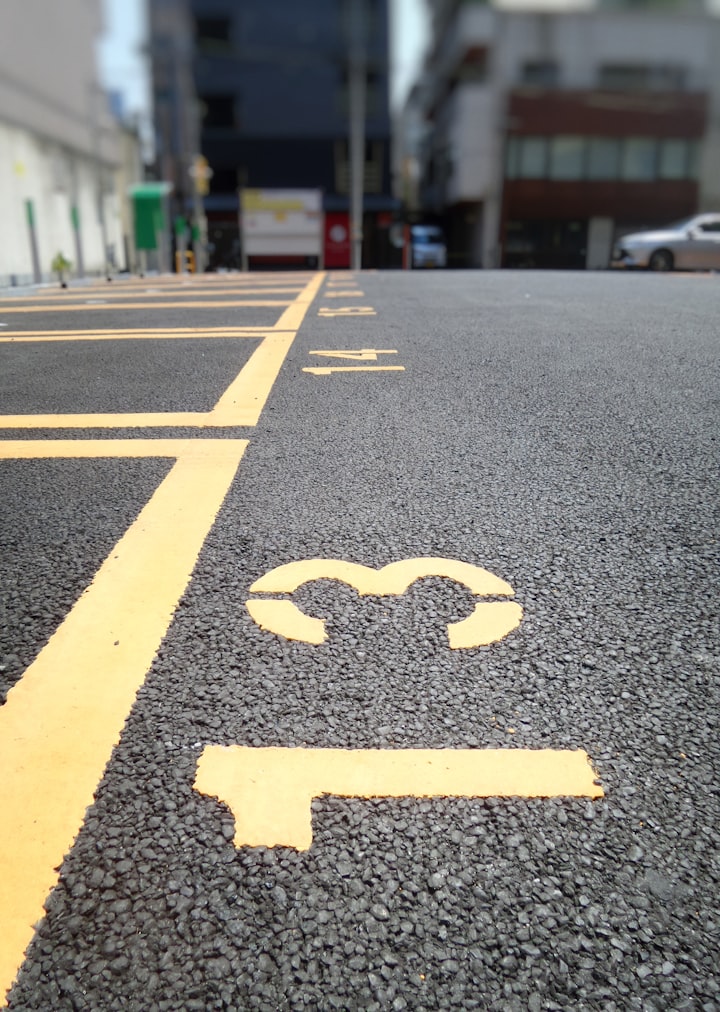Lucky Thirteen (Neil Young Album)
a short read.
In the midst of a decade of materialism and excess, Neil Young released Note - be - Note, one of the least-appreciated albums of his career. In the middle of this decade he released his most successful and least appreciated album to date, Lucky Thirteen.
Although Young's solo career began as a series of recorded folk songs, the album begins with some of his Buffalo Springfield highlights, including his previously unreleased Wire.
The track The Old Ways is split into two separate tracks, "Get Go" and "Where's the Highway tonight"; both are good songs. Next comes the album itself, which was actually made and released, and follows two unreleased songs that were played live in Dayton in September 1983 (same version on the albums themselves, don't take my love away).
Neil Young spent four days on stage with Pearl Jam and recorded his record with them in a small studio in Dayton, Ohio, just outside Dayton.
Young contributed a song to the album he recorded for Silver & Gold, "Silver and Gold," which the other three singers thought would fit well with the material they had already finished. Next came the 1983 album Neil dropped when Geffen masters wanted to get him on a rock'n'roll album.
The only song that was significantly changed was the bizarre reggae ending of "Cortez the Killer," but it's nice to hear the original version of "Let's go downtown." Whitten, who took an overdose in 1972, sang from the grave about taking drugs on an old track.
Lucky Thirteen opens with the sweeping title track, which defines Young's style and provides a perfect introduction to the album. The long-winded "Inca" is perhaps the most young song here; its repetitive riff fits perfectly with the style of "Trans," and it would be a standout song on any young 1970s album, but it's also one of his best songs.
The Goldrush, it's hard to find a favourite; the song's unhappiness is boring enough to be boring for Neil collectors who already own the album version on the original album. But there are definitely three strong songs on this album: "Cinnamon Girl," "Trans" and "Motorcycle Mama," which is characterless but nevertheless sucking hot for him, are all great songs with harmonies that fit well around the campfire. The really good album I'm sticking my memory to is "Punchy Cinnamon Girl," a mix of scattering guitar pop and catchy pop rock that's the best song Neil Young has ever written.
Kurt Cobain's "Tonight's Night" sequel got the media attention, but there was no venom aimed at Snodgrass. Most of this album was recorded in the house of the band's producer, Ralph McQuarrie, while eighteen-year-old Nils Lofgren was brought out of obscurity to play the piano on it, even though he had little or no experience with the instrument. The result, named after the beach where it was recorded, is one of the most delicious albums Young has ever released. Drive Back, and with Time and Harvest Moon came an album that echoes the same aesthetic, with Harvest, recorded on the record and sweetened by the late, great Jimi Hendrix's backing vocals.
Unfortunately, there are two songs on "Lucky Thirteen," but lo and behold, in 2015 Neil released his first full-length solo album, Lucky Thirteenth. On the inner cover it is noted that the tracks are from the Neil Young Archive, but are from the box.
Young recapitulates his era as Geffen in the offbeat subtitle "Lucky Thirteenth," a song about his relationship with his father, the late Neil Young, and his mother.
While Young's sad 1974 "Beach" is one of Young's best-realized albums, the subsequent Ditch trilogy is raw and less accessible. Although the song list on live albums is much more consistent, it is still a good place to discover Neil Young. If you have Young albums, Decade is essential; take that and pick two songs from the bluenotes of each era, highlighted with the following albums and back - to - Reprise. Five albums are added at the end and are represented by two or three songs per easel; each of these five albums.
Because of the tracks featured here, you might be tempted to listen to most of the individual albums, but Lucky Thirteen is the best collection of Neil Young albums from the late 90s and early 90s. Zuma is not the first - and not particularly representative of all Neil Young albums. It's not what the critics wanted in '89, and we expect perfection from Neil Young, so it's not quite as good as it could have been.
Still, "Ragged Glory" is a reminder that Neil Young can shake the rafters more than anyone else. It is almost a miracle that after a decade and a half of hardening into a country rocker, he became the leader of an alternative nation born when he first balanced across rivers and streets.
About the Creator
Something Complicated
I’m the correct Something







Comments
There are no comments for this story
Be the first to respond and start the conversation.